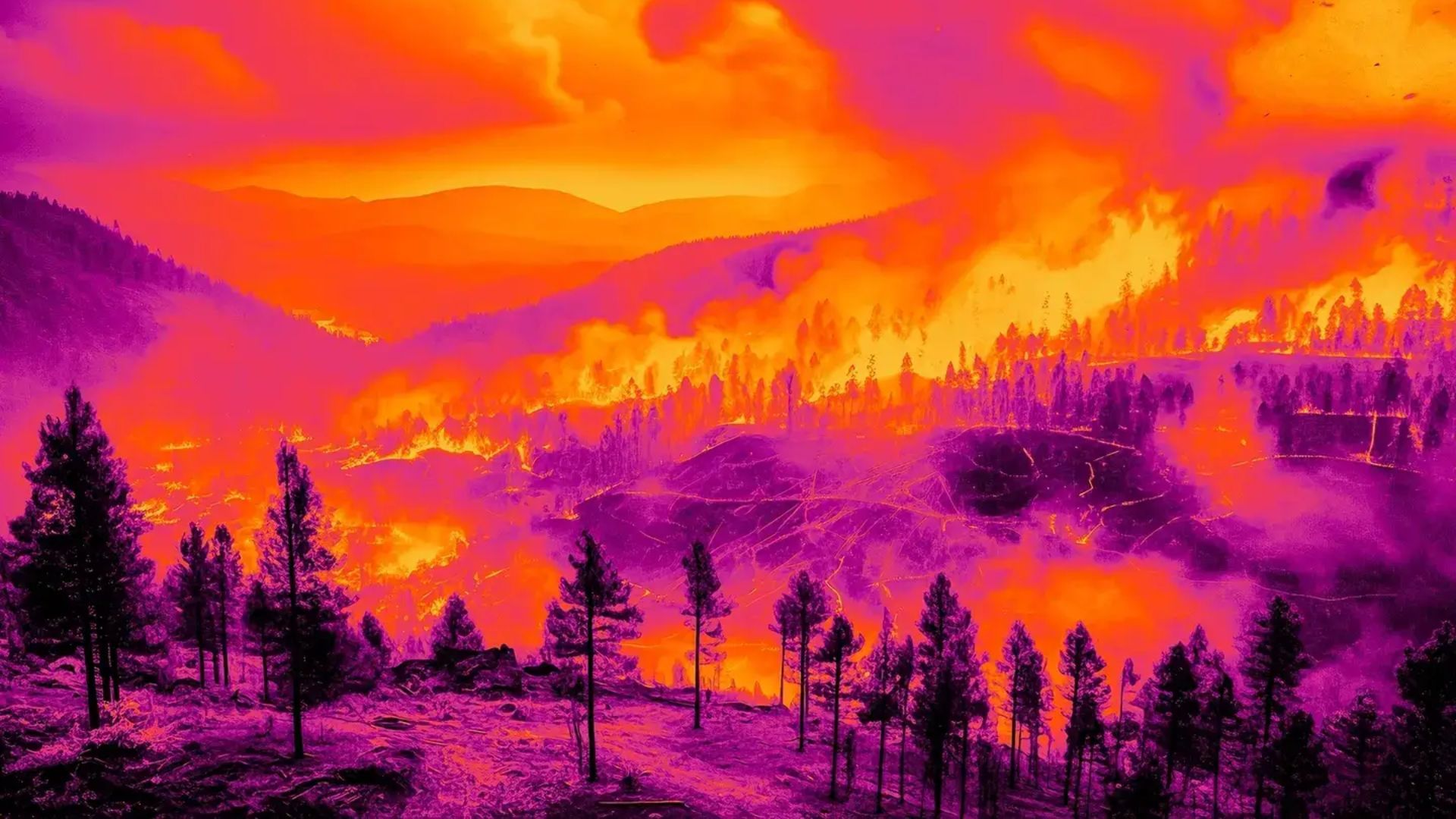New Delhi: Ahmedabad-based New Space Startup SatLeo labs has identified a gap in satellite observations when it comes to high-quality temperature data, and is developing a constellation of satellites to address the gap. The first experimental mission, TAPAS-1 is slotted for 2026, and is a technology demonstrator to validate the thermal imaging stack in orbit. The requirement was originally identified to improve estimates of crop yield in agricultural land, but SatLeo realised that the same data has a wide range of applications. The high-resolution thermal imaging data can be used in agriculture, forest fire management, weather forecasting and urban heat management.
The constellations has implications for national security as well. Shravan Bhati, CEO and Co-founder of SatLeo Labs says, “Yes, our technology can be used in defense to monitor border activities, detect illegal operations, and track large-scale troop movements. Unlike traditional optical satellites, thermal imaging works both day and night and is unaffected by cloud cover, making it a critical asset for national defense. We provide real-time intelligence for these vital operations. Using MWIR (Mid-Wave Infrared) technology, the system can identify specific locations where missile launches may be planned, offering an added layer of strategic insight.”
The complexities of thermal imaging satellites
Space does not have the insulation offered by the atmosphere, leading to sharp changes in temperatures, from freezing to searing. Heat management is critical in thermal imaging satellites to prevent the heat from the payloads themselves contributing to noise in the observations. Bhati explains SatLeo’s approach to manage the temperature changes, “To manage heat and minimize noise in the captured data, our satellite design incorporates a combination of passive and active thermal control systems. This includes radiators, thermal coatings, and insulation to maintain sensor stability, along with onboard calibration mechanisms to correct for thermal drift. These measures ensure the accuracy and consistency of thermal data, even in the challenging temperature fluctuations of space.”
